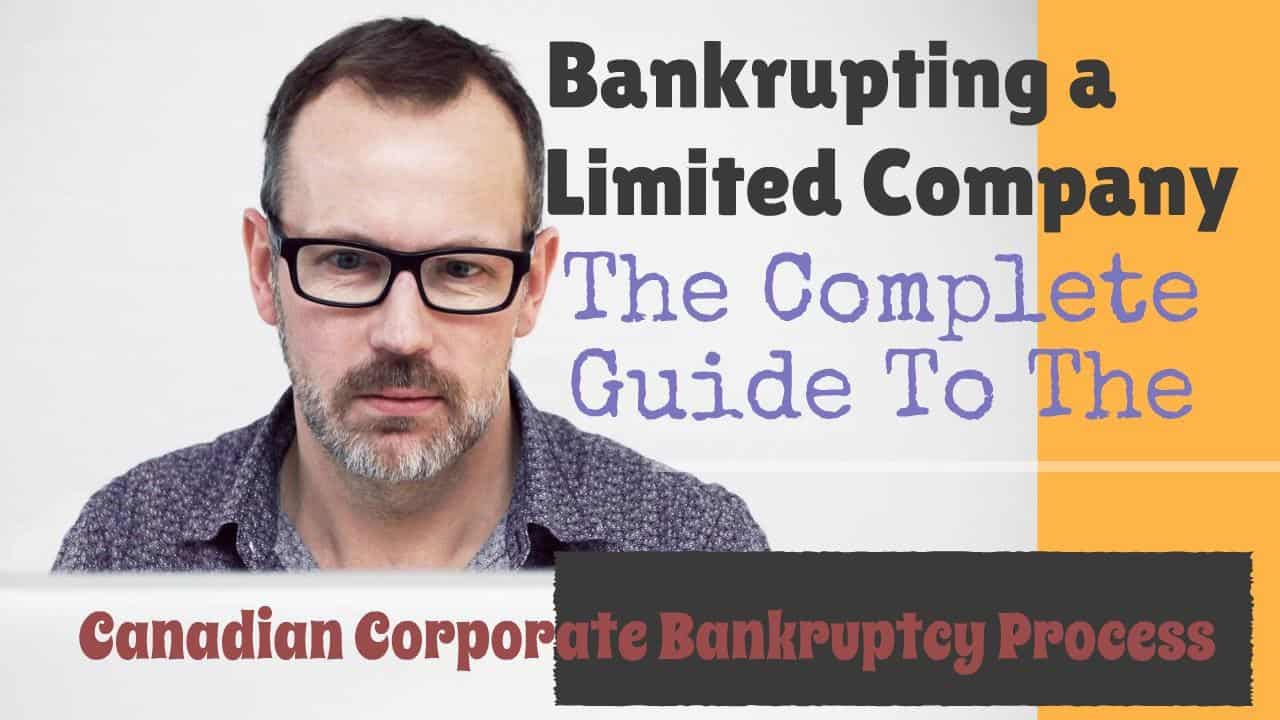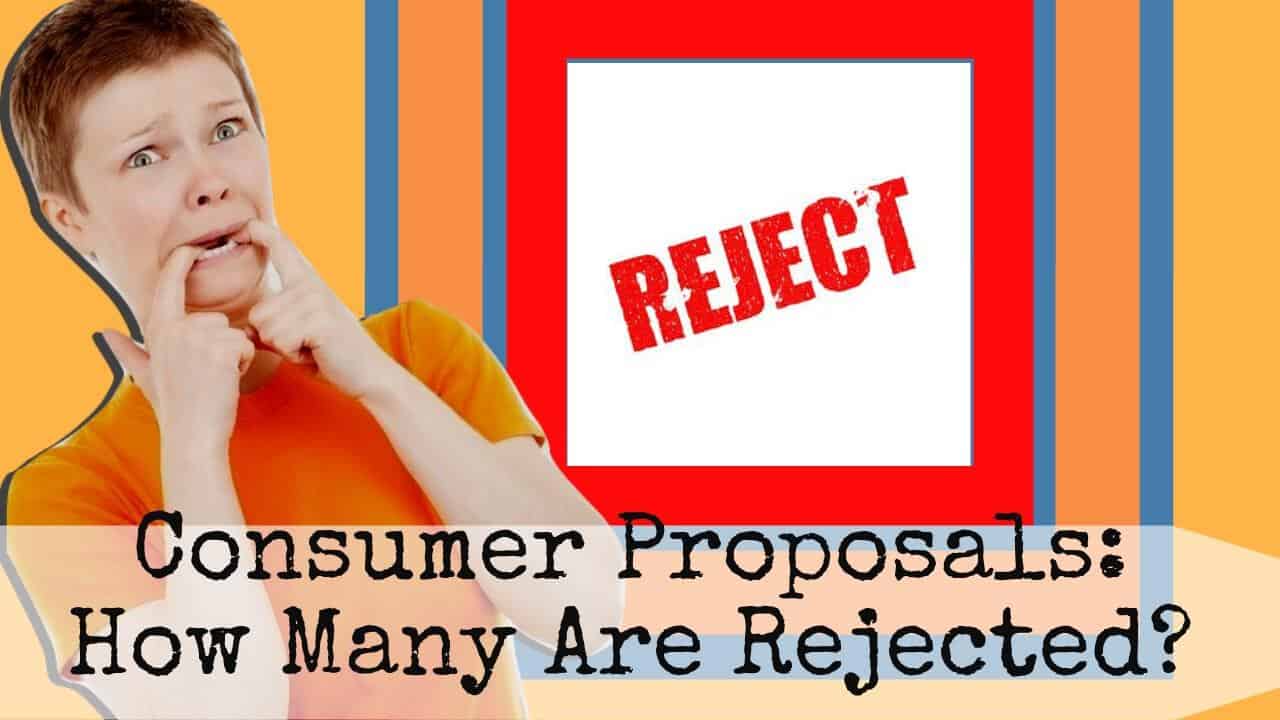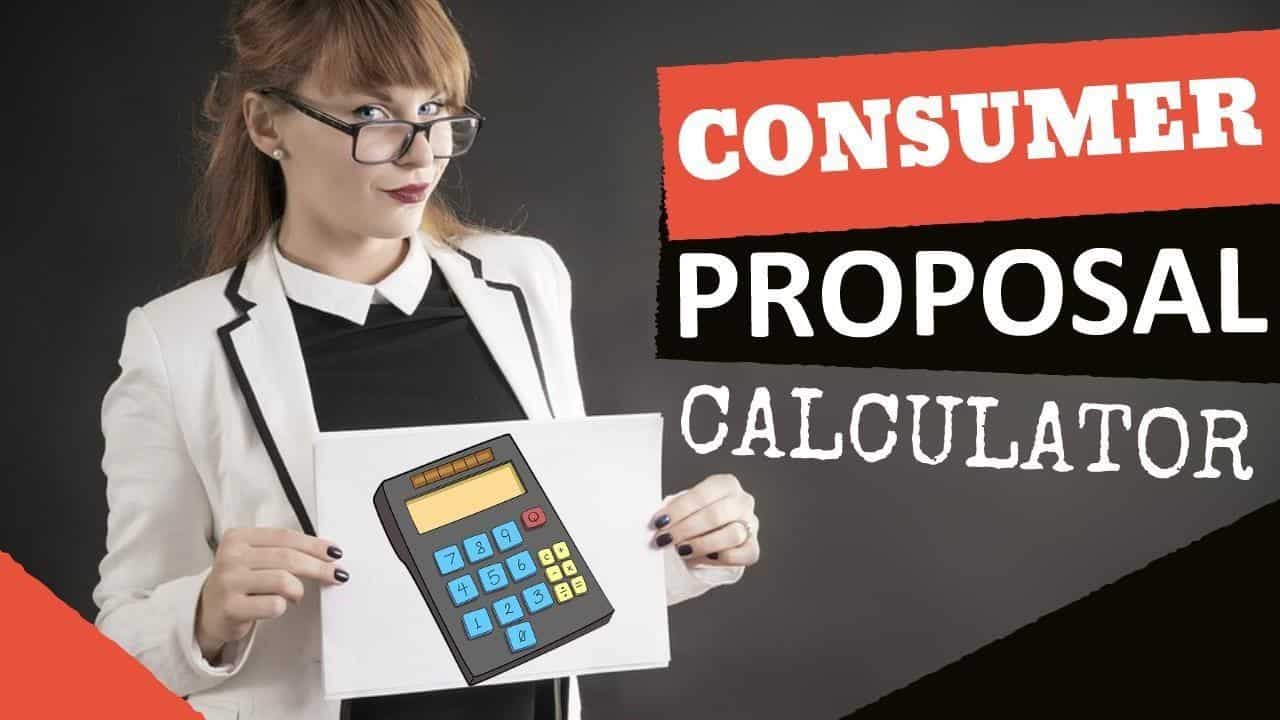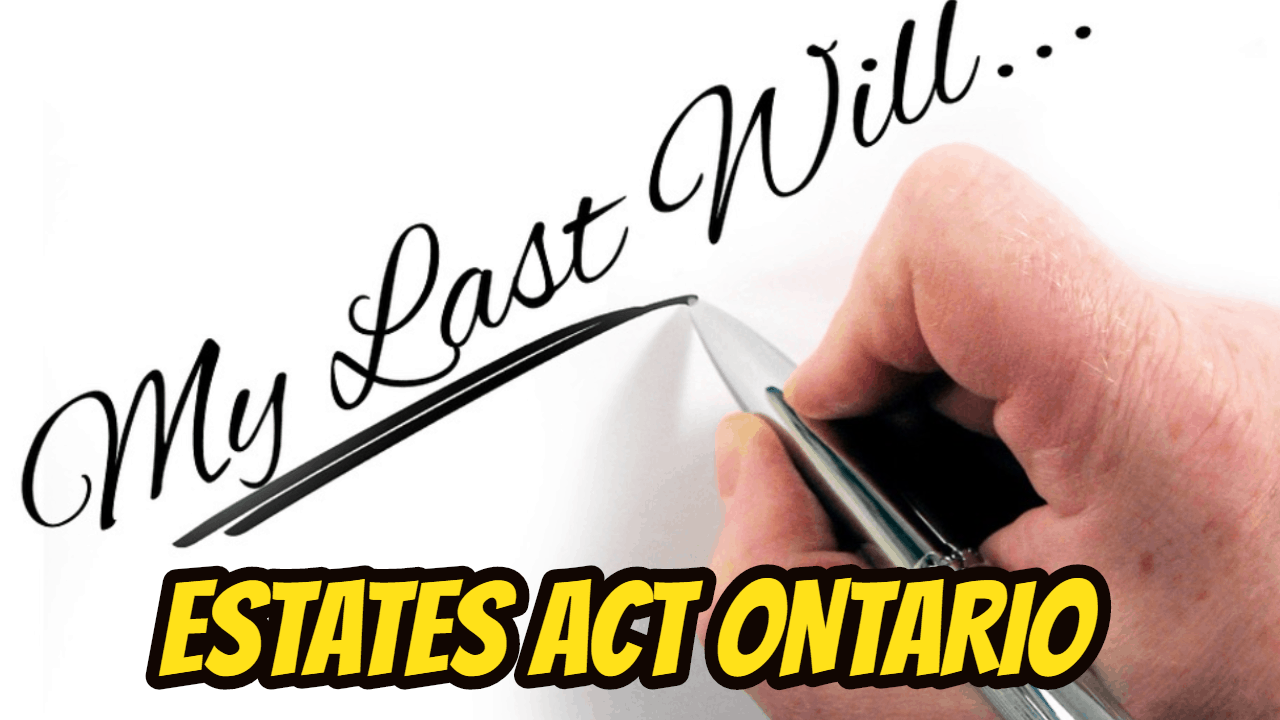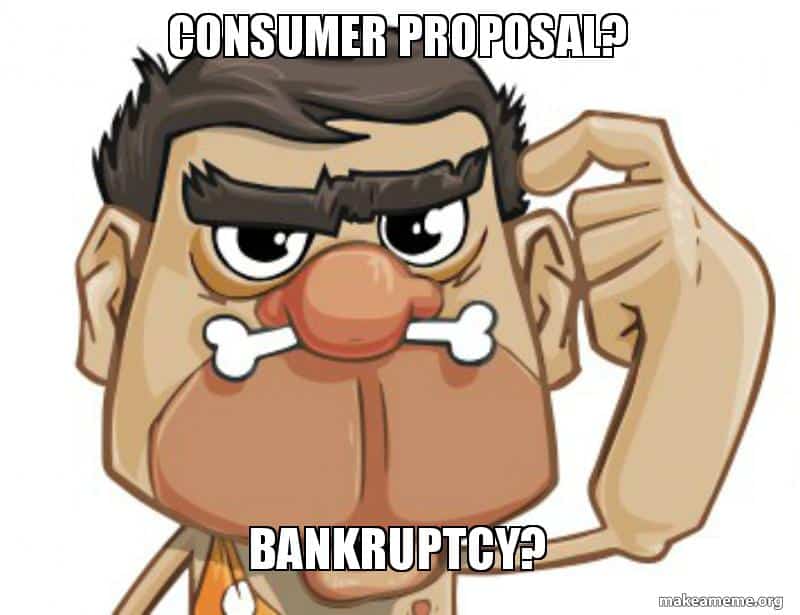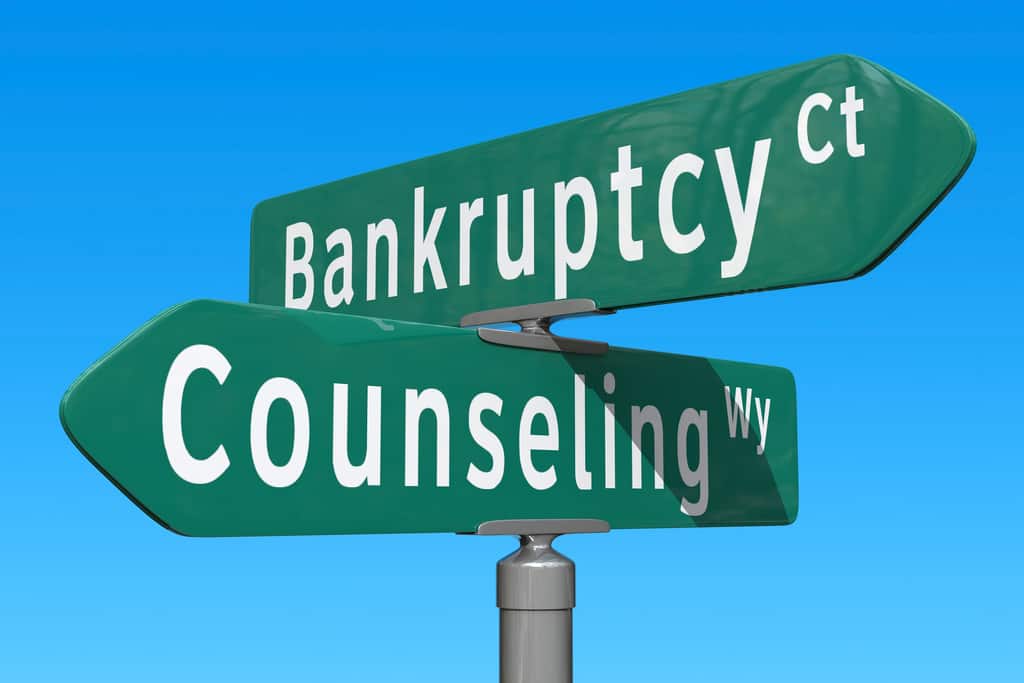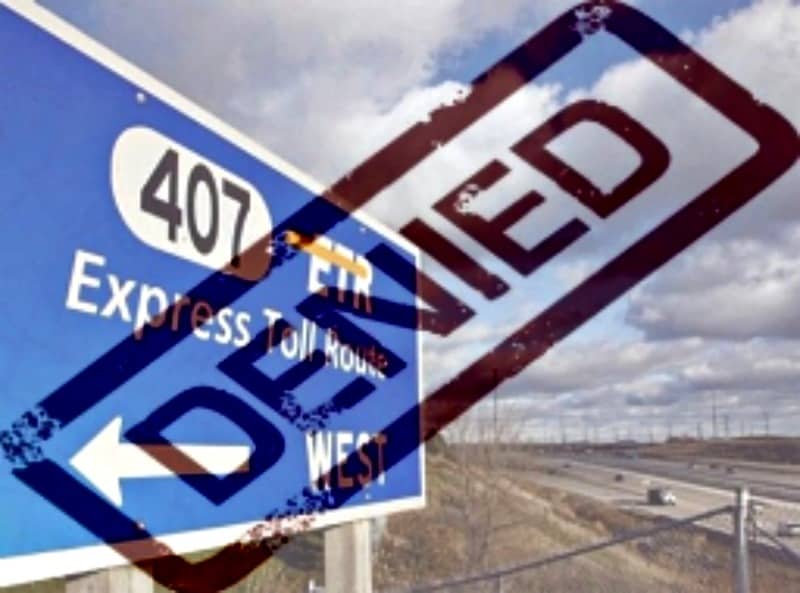Bankrupting a limited company – Introduction
Last week I spoke about voluntary filing an assignment in bankruptcy for an individual. The personal bankruptcy process in Canada. This week I want to describe the process for bankrupting a limited company; the complete guide to the Canadian corporate bankruptcy process.
Bankrupting a corporation – First steps
So the first step is for the directors to meet with the licensed insolvency trustee (formerly called a bankruptcy trustee) (Trustee) to explain the corporate financial position and look at the options available to the company and its directors. The first thing the Trustee will want to identify is the company insolvent. If you liquidated all of its assets could pay off all its liabilities in full. Is it generally paying its debts when due on a regular basis? If not then the company is insolvent.
If it is able to pay its debts and if its assets are worth at least as much of the liabilities than it is not insolvent. So let’s first look at the aspect of the business not being insolvent.
The next question is is the business viable? Does what the business produces or the services it provides? Are those still wanted in the marketplace yes or no? If not, one thing to look at is there someone else with other business lines that you could sell your business to? Would it fit in neatly in some form of integration so that all of a sudden it makes your standalone business that is not viable, viable? Keep in mind that it is a solvent business.
If it can’t be sold then you could always look at a statutory liquidation. You would liquidate the assets pay off the liabilities and then see what amount is left over for distribution to the shareholders.
If the business is viable and remember, it is solvent, you could sell the business or look at a corporate restructuring. If you want to continue running the business and that kind of restructuring would be more in terms of processes and personnel because it is not in financial trouble.
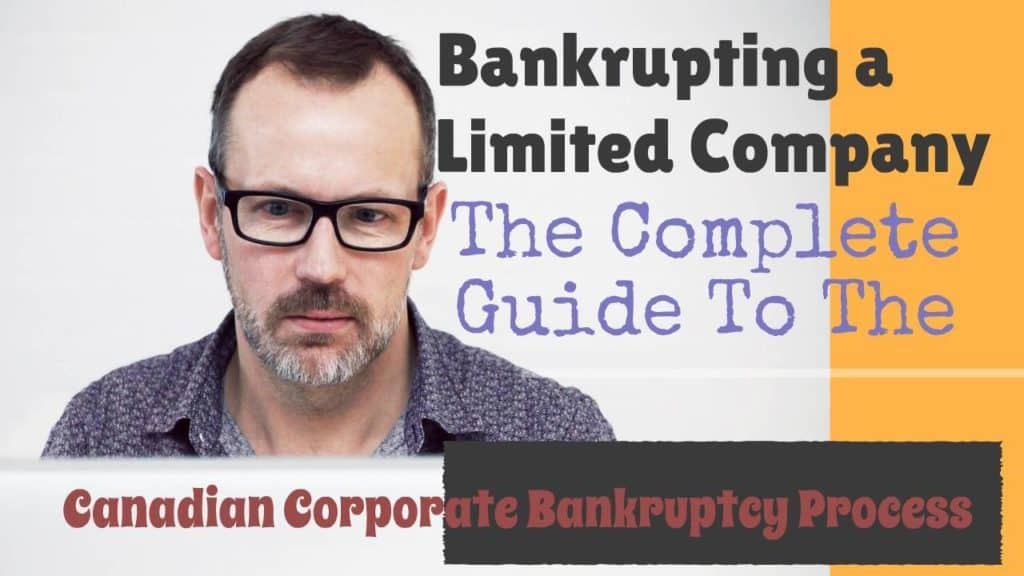
Bankrupting an incorporated company when it is insolvent
If the business is insolvent again we still want to know is it viable? If it is viable then we could look at doing a restructuring proposal. After the company is restructured then we could either keep running it or look to sell it.
If it is not viable and it is insolvent then there’s not a lot that can be done. The business is unhealthy financially and the marketplace no longer wants the product or service this business provides. Therefore we’re looking at receivership & bankruptcy. Since the topic is about bankrupting a limited company we will focus on the bankruptcy process.
So in bankrupting a limited company, the Trustee prepares the necessary documentation. A meeting of directors has to be called for the directors to resolve that the company should file an assignment in bankruptcy and appoint one of the directors to be the designated officer in the bankruptcy administration. That’s the person who has knowledge of the affairs of the company who will be signing the bankruptcy documentation and who will be attending the first meeting of creditors as a representative of the company.
The Trustee would either attend the meeting and prepare the minutes or the minutes will be prepared by the directors and provided to the Trustee. Then comes the statement of affairs which is the listing of assets and liabilities, the names addresses and amounts owing to each creditor which the designated officer would swear and the actual assignment in the bankruptcy document. This is all part of bankrupting a limited company.
The actual start of bankrupting a company
The Trustee then files that documentation electronically with the Superintendent of Bankruptcy and the local office of the Superintendent of Bankruptcy will issue a certificate indicating that the company is now bankrupt and that the Trustee is appointed. That is the moment when bankrupting a limited company that the bankruptcy actually occurs and the bankruptcy administration begins.
So in the bankruptcy administration, the Trustee has several responsibilities. The Trustee has to deal with the assets. The Trustee has to first determine are the assets subject to the security of a lender? Is that lender’s security good and valid?

The Trustee’s first actions
If all of the assets are encumbered then the Trustee would not take steps to deal with the secured creditor’s assets unless the secured creditor specifically requests the Trustee to do so or appoints the Trustee to deal with the assets. So let’s just take the case where in bankrupting a limited company, the Trustee is dealing with the assets either because they’re not encumbered or because the secured creditor asked the Trustee to deal with them.
The Trustee needs to make sure that the assets air physically safeguarded that they’re properly insured and that the Trustee has performed an inventory of what those assets are.
Then the Trustee has to determine how is it going to sell those assets? Does it make sense for the Trustee to run the business? If so, is the Trustee looking to sell the assets as a business unit? An actual running business going concern sale.
If it doesn’t make sense for the Trustee to run the business then the Trustee will shut it down and look at the alternatives for sale. The assets could either be sold at auction. The Trustee could run a tender sale dividing the assets up into blocs. That makes sense or if the assets are such that it could be sold to the public in a retail environment could operate a retail sale. The nature of the assets will determine what kind of sale the Trustee runs.
The Trustee would notify the creditors of the bankruptcy call for claims to assess the claims hold the first meeting of creditors and then ultimately make a distribution to the creditors. So as you can see these are the players in a voluntary bankruptcy filing for a corporation. It all starts with meeting with the Trustee to explore the various options.
Summary
I hope you have found this bankrupting limited company information useful. If you have any questions please feel free to contact us at any time.
Do you or your company have excessive debt and looking for debt restructuring? Would not it be great if you could do a turn-around?
The Ira Smith Team understands how to do a debt restructuring. More notably, we comprehend the requirements of the business owner or the person who has too much individual debt. Because you are dealing with these stressful financial issues, you are anxious.
It is not your fault you can’t fix this problem on your own. You have only been taught the old ways. The old ways do not work anymore. The Ira Smith Team makes use of new contemporary ways to get you out of your debt problems while avoiding bankruptcy. We can get you debt relief now.
We look at your whole circumstance and design a strategy that is as distinct as you are. We take the load off of your shoulders as part of the debt settlement strategy we will draft just for you.
We understand that people facing money problems require a lifeline. That is why we can establish a restructuring procedure for you and end the discomfort you feel.
Call us now for a no-cost consultation. We will get you or your business back on the roadway to healthy and balanced worry-free operations and end the pain points in your life, Starting Over, Starting Now.
